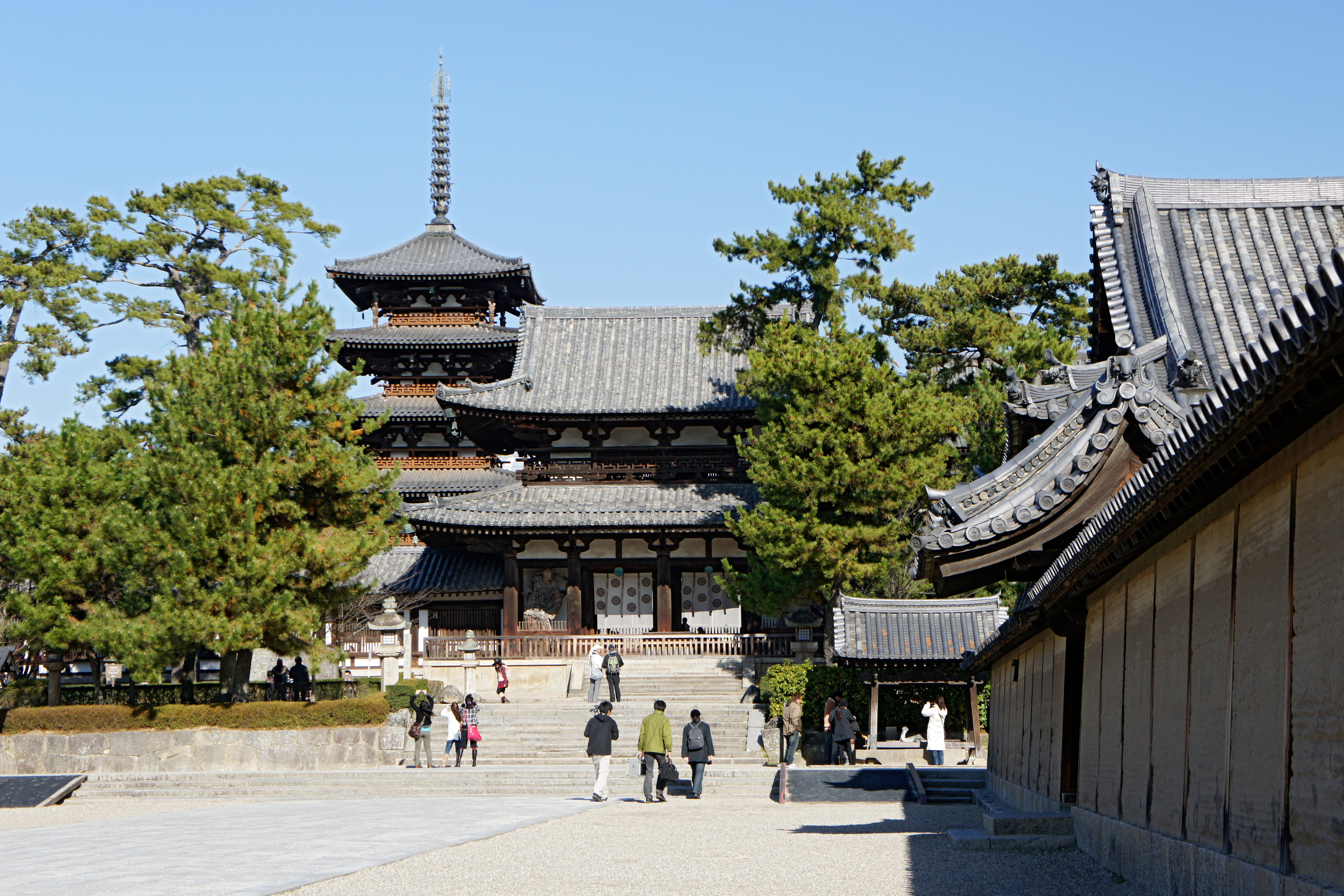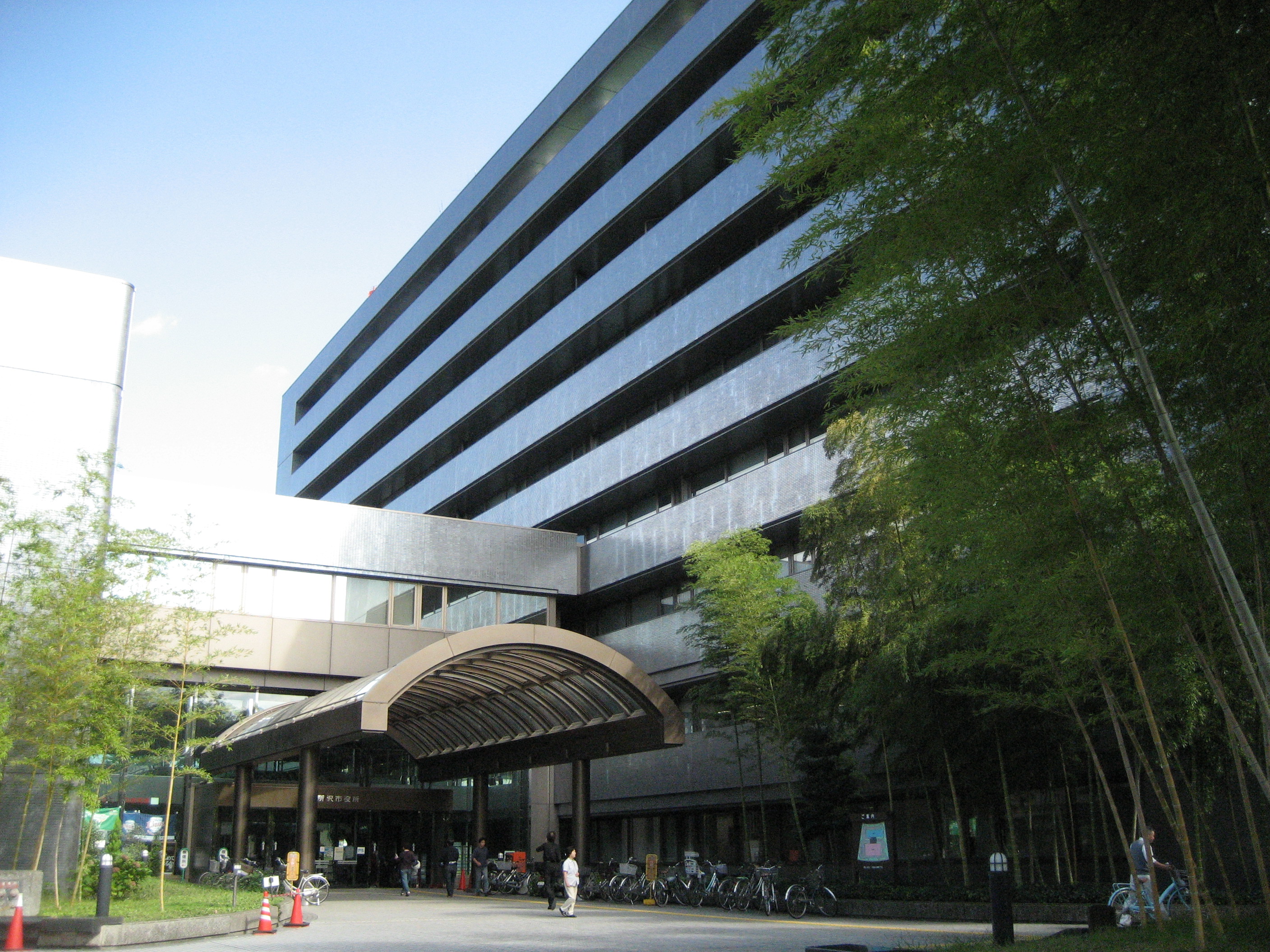|
Nakajima Type 91 Fighter
The Nakajima Type 91 fighter was a Japanese fighter aircraft of the 1930s. It was a single-engine, single-seat parasol monoplane with a fixed, tailskid undercarriage. Development Designed in response to an Imperial Japanese Army requirement of 1927, the Type 91 was developed from the NC series of fighter prototypes. The prototype was the sixth machine under that designation but was a fundamentally distinct airframe design. Compared to the earlier NC, the Type 91 had a smaller wing, relocated fuel tank and wing-bracing struts, Townend ring-type cowling, new design tail and undercarriage. It first flew in 1931. Operational history The Army ordered the new aircraft as the Nakajima Army Type 91 fighter and the first deliveries took place late in 1931. However, issues arose with both directional stability and centre of gravity, with the result that the type was delayed entering service. Between 1931 and 1934, 420 aircraft were constructed (including 100 by Ishikawajima; 23 of the ... [...More Info...] [...Related Items...] OR: [Wikipedia] [Google] [Baidu] |
WikiProject Aircraft
A WikiProject, or Wikiproject, is an affinity group for contributors with shared goals within the Wikimedia movement. WikiProjects are prevalent within the largest wiki, Wikipedia, and exist to varying degrees within Wikimedia project, sibling projects such as Wiktionary, Wikiquote, Wikidata, and Wikisource. They also exist in different languages, and translation of articles is a form of their collaboration. During the COVID-19 pandemic, CBS News noted the role of Wikipedia's WikiProject Medicine in maintaining the accuracy of articles related to the disease. Another WikiProject that has drawn attention is WikiProject Women Scientists, which was profiled by ''Smithsonian Magazine, Smithsonian'' for its efforts to improve coverage of women scientists which the profile noted had "helped increase the number of female scientists on Wikipedia from around 1,600 to over 5,000". On Wikipedia Some Wikipedia WikiProjects are substantial enough to engage in cooperative activities with outsi ... [...More Info...] [...Related Items...] OR: [Wikipedia] [Google] [Baidu] |
Ishikawajima Aircraft Company Limited
was an aircraft manufacturer in the Empire of Japan, specializing primarily in aircraft for the Imperial Japanese Army Air Force. It was based at Tachikawa, in Tokyo Prefecture. History Tachikawa Aircraft In November 1924, Ishikawajima Shipyards (the future IHI Corporation) established a subsidiary company, the . In 1936, the Imperial Japanese Army acquired a controlling interest in the company, and renamed it the Tachikawa Aircraft Company Ltd. The company manufactured a number of types, mostly training aircraft and fighters for the Imperial Japanese Army. Some were its own designs placed into full production, such as the Ki-9 and Ki-36. A number of others were either short-run specials, or prototypes that did not enter production, such as the Ki-77. In 1940, the company received license-production rights to the Lockheed Model 14 Super Electra which it produced as the ''Army Type LO'' transport. Tachikawa also produced aircraft designed by other Japanese manufacturers ... [...More Info...] [...Related Items...] OR: [Wikipedia] [Google] [Baidu] |
Nara Prefecture
is a Prefectures of Japan, prefecture of Japan located in the Kansai region of Honshu. Nara Prefecture has a population of 1,321,805 and has a geographic area of . Nara Prefecture borders Kyoto Prefecture to the north, Osaka Prefecture to the northwest, Wakayama Prefecture to the southwest, and Mie Prefecture to the east. Nara (city), Nara is the capital and largest city of Nara Prefecture, with other major cities including Kashihara, Nara, Kashihara, Ikoma, Nara, Ikoma, and Yamatokōriyama. Nara Prefecture is located in the center of the Kii Peninsula on Japan's Pacific Ocean coast, and is one of only eight landlocked prefectures. Nara Prefecture has the distinction of having more UNESCO World Heritage listings than any other prefecture in Japan. History The Nara Prefecture region is considered one of the oldest regions in Japan, having been in existence for thousands of years, and is widely viewed as the Japanese cradle of civilization. Like Kyoto, Nara was one of Imperial ... [...More Info...] [...Related Items...] OR: [Wikipedia] [Google] [Baidu] |
Yamatokōriyama
280px, Kōriyama Castle is a city in Nara Prefecture, Japan. , the city had an estimated population of 82,731 in 39,628 households, and a population density of 1,900 persons per km2. The total area of the city is . Geography Yamatokōriyama is located in the northern part of the Nara Basin, with the and the flowing through the city from north-to-south and merging into the Yamato River that flows westwards towards Osaka. The city area is mostly flat, but west of the Tomio River the Yata Hills make the land more undulating. There are also many ponds within the city, which were traditionally used as irrigation reservoirs or goldfish farms. Neighboring municipalities Nara Prefecture * Ando * Ikaruga * Ikoma * Kawanishi * Nara * Tenri Climate Yamatokōriyama has a humid subtropical climate (Köppen ''Cfa'') characterized by warm summers and cool winters with light to no snowfall. The average annual temperature in Yamatokōriyama is 14.1 °C. The average annual rainfall i ... [...More Info...] [...Related Items...] OR: [Wikipedia] [Google] [Baidu] |
Tokorozawa, Saitama
is a Cities of Japan, city located in Saitama Prefecture, Japan. , the city had an estimated population of 343,298 in 168,939 households and a population density of 4761 persons per km². The total area of the city is . Geography Tokorozawa is located in the central part of the Musashino Terrace in southern Saitama, about 30 km west of central Tokyo. Tokorozawa can be considered part of the greater Tokyo area; its proximity to the latter and lower housing costs make it a popular commuter town. The Higashikawa and Yanasegawa rivers that flow from the Sayama Hills flow to the eastern part of the city, and finally reach the Arakawa River. The Yamaguchi Reservoir (commonly known as Lake Sayama) is mostly located within city boundaries; Lake Tama also touches the south-western part of the city. The area around Tokorozawa Station's west exit is built up as a shopping district with several department stores. Prope Street is a popular shopping arcade. Surrounding municipalities * ... [...More Info...] [...Related Items...] OR: [Wikipedia] [Google] [Baidu] |
Tokorozawa Aviation Museum
The is a museum located in the city of Tokorozawa, Saitama, dedicated to the history of aviation in Japan. It contains aircraft and other displays (many of which are interactive) and an IMAX theatre. Located on the site of Japan's first airfield which started operations in 1911 with a flight by Yoshitoshi Tokugawa, the original single runway is still visible and has been incorporated into a larger multifunction park adjacent to the museum. It is located in the Tokorozawa Aviation Memorial Park. Aircraft in collection At any given time the aircraft on display will vary. The NAMC YS-11 and the Curtiss C-46 Commando, Curtiss EC-46 Commando are on permanent display in the park, but the collection visible in the museum itself changes. The collection is as follows: * ''91-1143'' Curtiss C-46 Commando, Curtiss EC-46A Commando (outside) [...More Info...] [...Related Items...] OR: [Wikipedia] [Google] [Baidu] |
Manchukuo Imperial Air Force
The Manchukuo Imperial Air Force (; ) was the air force of Manchukuo, a puppet state of Imperial Japan. The air force's predecessor was the Manchukuo Air Transport Company (later renamed the Manchukuo National Airways), a paramilitary airline formed in 1931, which undertook transport and reconnaissance missions for the Japanese military. After taking on various combat and support roles at Japanese direction during World War II- notably missions attempting to intercept American B-29 strategic bombers and training for kamikaze missions- the Manchukuo Imperial Air Force, like the Manchukuo puppet state itself, was disbanded in 1945 after Japan's defeat. History Since the creation of the state in 1932, an airline called the Manchukuo Paramilitary Airline operated as a fleet of transports, consisting mainly of passenger aircraft. The only military action it saw was providing support to the Inner Mongolian Army during the Suiyuan Campaign in 1936. An "independent volunteer battali ... [...More Info...] [...Related Items...] OR: [Wikipedia] [Google] [Baidu] |
Imperial Japanese Army Air Force
The Imperial Japanese Army Air Service (IJAAS) or Imperial Japanese Army Air Force (IJAAF; ) was the Military aviation, aviation force of the Imperial Japanese Army (IJA). Its primary mission was to provide tactical close air support for ground forces, as well as a limited air interdiction capability. The IJAAS also provided aerial reconnaissance to other branches of the IJA. While the IJAAS engaged in Strategic bombing during World War II, strategic bombing of cities such as Shanghai, Battle of Nanking#Aerial bombardment of Nanking, Nanjing, Guangzhou, Canton, Bombing of Chongqing, Chongqing, Bombing of Rangoon in World War II, Rangoon, and Bombing of Mandalay (1942), Mandalay, this was not the primary mission of the IJAAS, and it lacked a heavy bomber force. It did not usually control artillery spotter/observer aircraft; artillery battalions controlled the light aircraft and observation balloon, balloons that operated in these roles. The Imperial Japanese Navy Air Service was ... [...More Info...] [...Related Items...] OR: [Wikipedia] [Google] [Baidu] |
Second Sino-Japanese War
The Second Sino-Japanese War was fought between the Republic of China (1912–1949), Republic of China and the Empire of Japan between 1937 and 1945, following a period of war localized to Manchuria that started in 1931. It is considered part of World War II, and often regarded as the beginning of World WarII in Asia. It was the largest Asian war in the 20th century and has been described as The Asian Holocaust, in reference to the scale of Japanese war crimes against Chinese civilians. It is known in China as the War of Resistance against Japanese Aggression. On 18 September 1931, the Japanese staged the Mukden incident, a false flag event fabricated to justify their Japanese invasion of Manchuria, invasion of Manchuria and establishment of the puppet state of Manchukuo. This is sometimes marked as the beginning of the war. From 1931 to 1937, China and Japan engaged in skirmishes, including January 28 incident, in Shanghai and in Northern China. Chinese Nationalist and C ... [...More Info...] [...Related Items...] OR: [Wikipedia] [Google] [Baidu] |
Chinese Nationalist Air Force
Chinese may refer to: * Something related to China * Chinese people, people identified with China, through nationality, citizenship, and/or ethnicity **Han Chinese, East Asian ethnic group native to China. **''Zhonghua minzu'', the supra-ethnic concept of the Chinese nation ** List of ethnic groups in China, people of various ethnicities in contemporary China ** Ethnic minorities in China, people of non-Han Chinese ethnicities in modern China ** Ethnic groups in Chinese history, people of various ethnicities in historical China ** Nationals of the People's Republic of China ** Nationals of the Republic of China ** Overseas Chinese, Chinese people residing outside the territories of mainland China, Hong Kong, Macau, and Taiwan * Sinitic languages, the major branch of the Sino-Tibetan language family ** Chinese language, a group of related languages spoken predominantly in China, sharing a written script (Chinese characters in traditional and simplified forms) *** Standard Chine ... [...More Info...] [...Related Items...] OR: [Wikipedia] [Google] [Baidu] |
Bristol Jupiter
The Bristol Jupiter is a British nine-cylinder single-row piston radial engine that was built by the Bristol Aeroplane Company. Originally designed late in World War I and known as the Cosmos Jupiter, a lengthy series of upgrades and developments turned it into one of the finest engines of its era. The Jupiter was widely used on many aircraft designs during the 1920s and 1930s. Thousands of Jupiters of all versions were produced, both by Bristol and abroad under licence. A turbo-supercharged version of the Jupiter known as the Orion suffered development problems and only a small number were produced. The "Orion" name was later re-used by Bristol for an unrelated turboprop engine. The Bristol Jupiter was licensed by the Soviet Union as the Shvetsov M-22. Design and development The Jupiter was designed during World War I by Roy Fedden of Brazil Straker and later Cosmos Engineering. The first Jupiter was completed by Brazil Straker in 1918 and featured three carburettors, e ... [...More Info...] [...Related Items...] OR: [Wikipedia] [Google] [Baidu] |





